WORDS: Gareth E. Rees
I was on a trip to Ramsgate with the kids at the weekend.
Approaching the harbour from the west I found myself walking down the B2054, otherwise known as the Royal Parade, an elevated road built into the cliff-side.
It was an impressive descent. While ignoring the awful high-pitched wailing from my youngest daughter, I passed a sequence of grand, redbrick arches packed with bulging rock strata. Foliage burst from the cracks. Patches of wet slime were dark against the grey. Gigantic pot plants were arranged in some of the recesses.
A perfect fusion of geology and human engineering. Very pretty too.
Except all was not as it seemed…
This was mock rock. An artificial composite known as Pulhamite, invented by James Pulham (1820–98). What I was looking at was a Victorian version of the geological past.
If you can imagine Isambard Kingdom Brunel directing The Flintstones film…. and soundtracked by a demented 5 year old girl who is constantly claiming she’s hungry… that’s what was pretty much what was going on for me at that moment.
In 1894, the Borough Council of Ramsgate decided that their little fishing port wasn’t grand enough to bring in the punters. What they wanted was DRAMA – GARDENS – ROCKS – MORE STUFF TO LOOK AT – and everything generally A BIT TALLER.
The trouble was, the peninsula of Thanet – on which Ramsgate is located – was once a chalk island cut off from the mainland. There was no other local stone from which to construct their vision.
But the high Victorians didn’t let a piffling little matter like topography get in the way of big cash tourism.
Whatever the reality on the ground… Ramsgate was going to ‘ave it large.
So they began building roads, gardens and other features out of Pulham’s newly invented rock – a fusion of natural stones and rubble, made from recipe that he took to the grave, by all accounts.
In some places Pulhamite is said to be embedded with fake fossils. A nice touch. Perhaps Pulham went the whole hog. Perhaps there’s a fake tyrannosaur skeleton buried somewhere in the mock rock of Ramsgate, waiting to be discovered by confused post-apocalyptic alien palaeontologists.
A joke very, very patiently awaiting a punchline. Now that’s what I call having vision.
Gareth E. Rees is author of a book called Marshland. He writes stories, essays and things that are somewhere in between. His latest story-essay, ‘Wooden Stones’, is included in Walking Inside Out: Contemporary British Psychogeography which is out now.

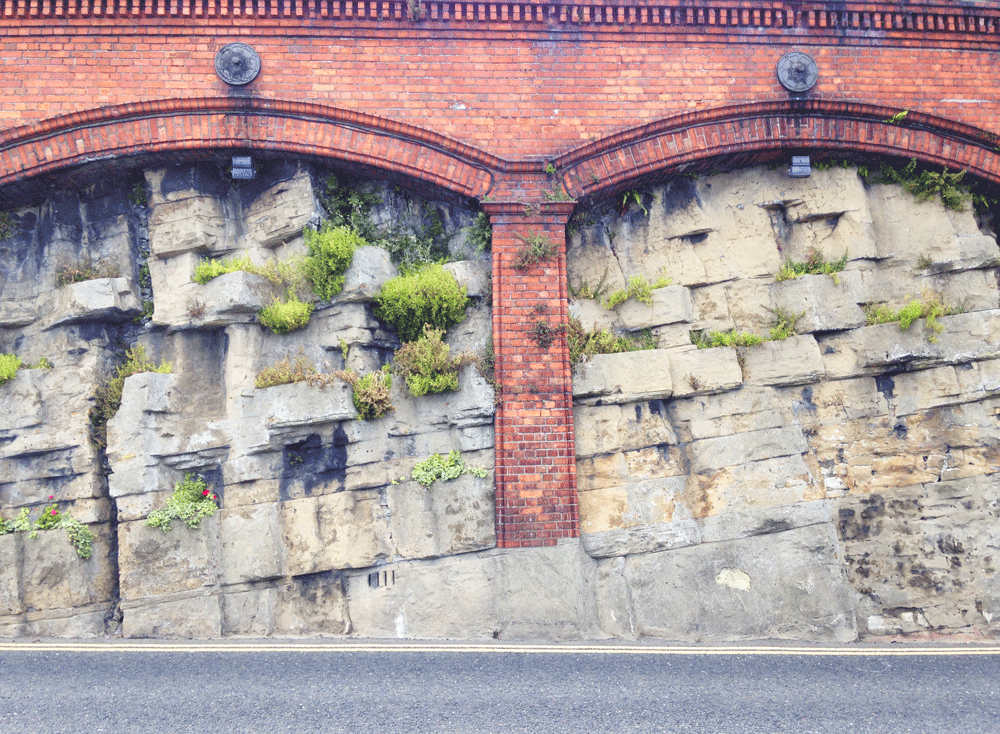
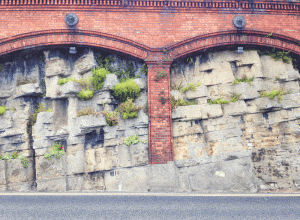
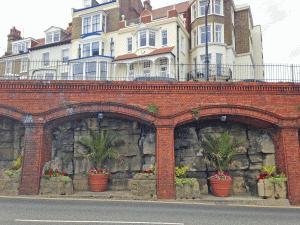

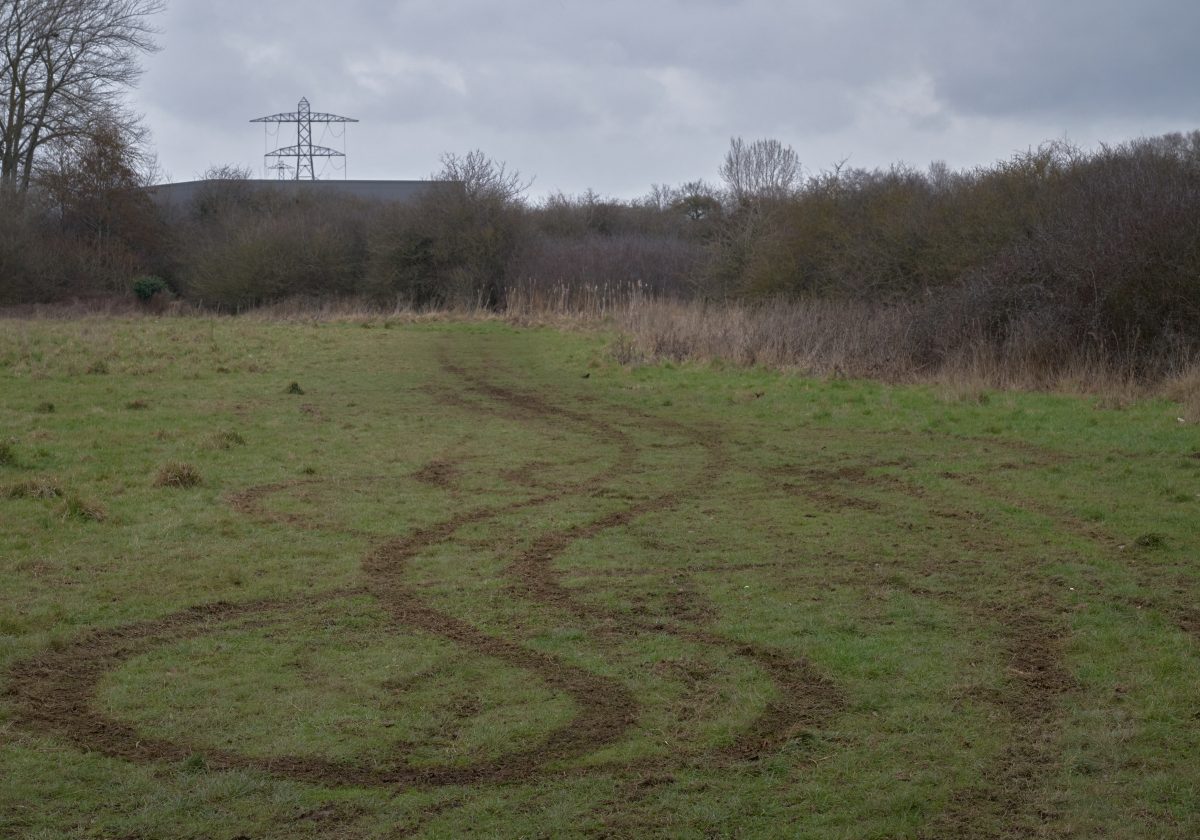


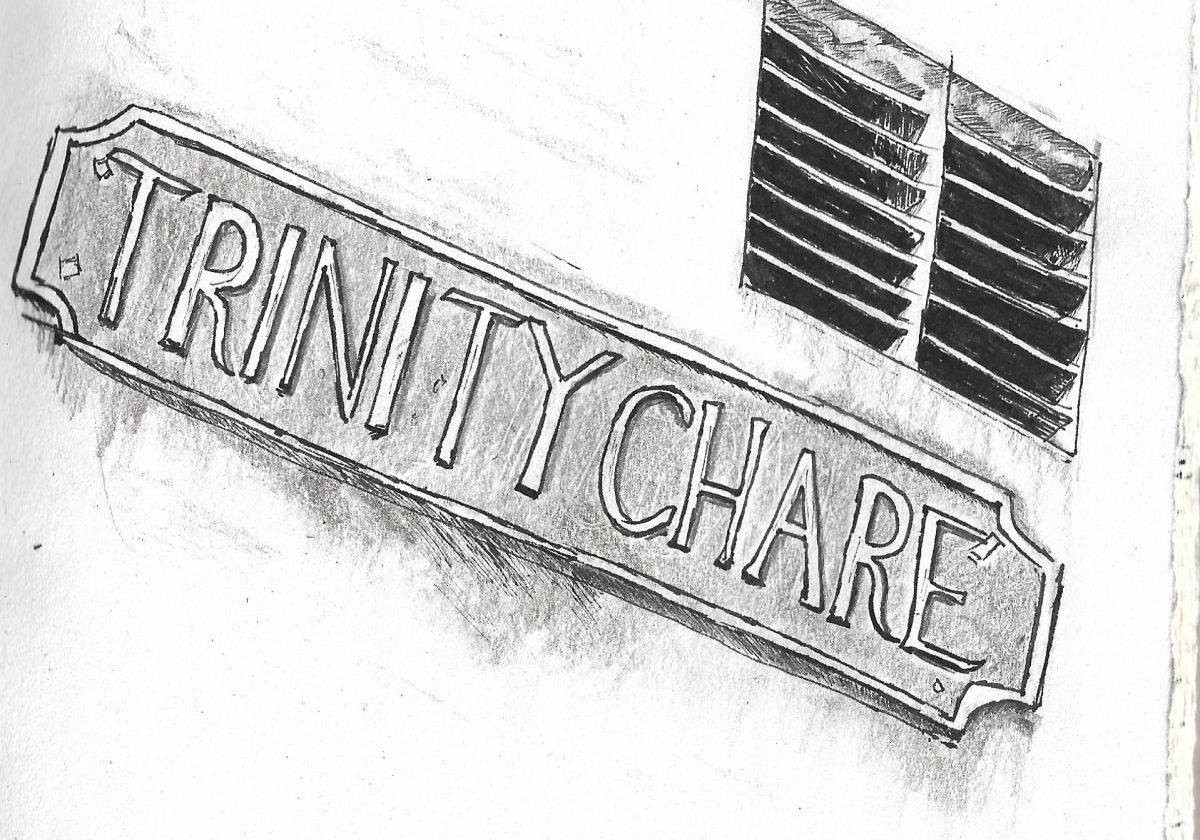

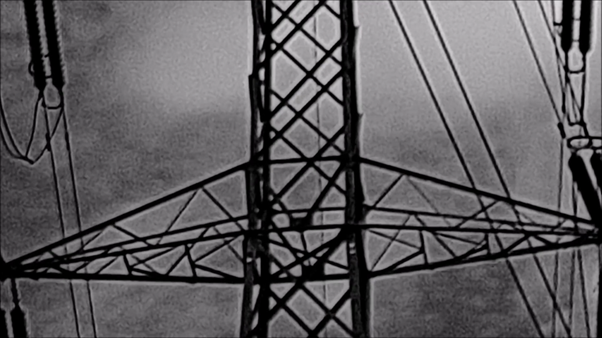
You are very correct, I have recently moved to Ramsgate and find the rocks and water feature fascinating. Thank you for info on said rocks. It’s total art. I have just painted a frying pan to look like wood so am I on par with the rock genius. CHAZZZZ